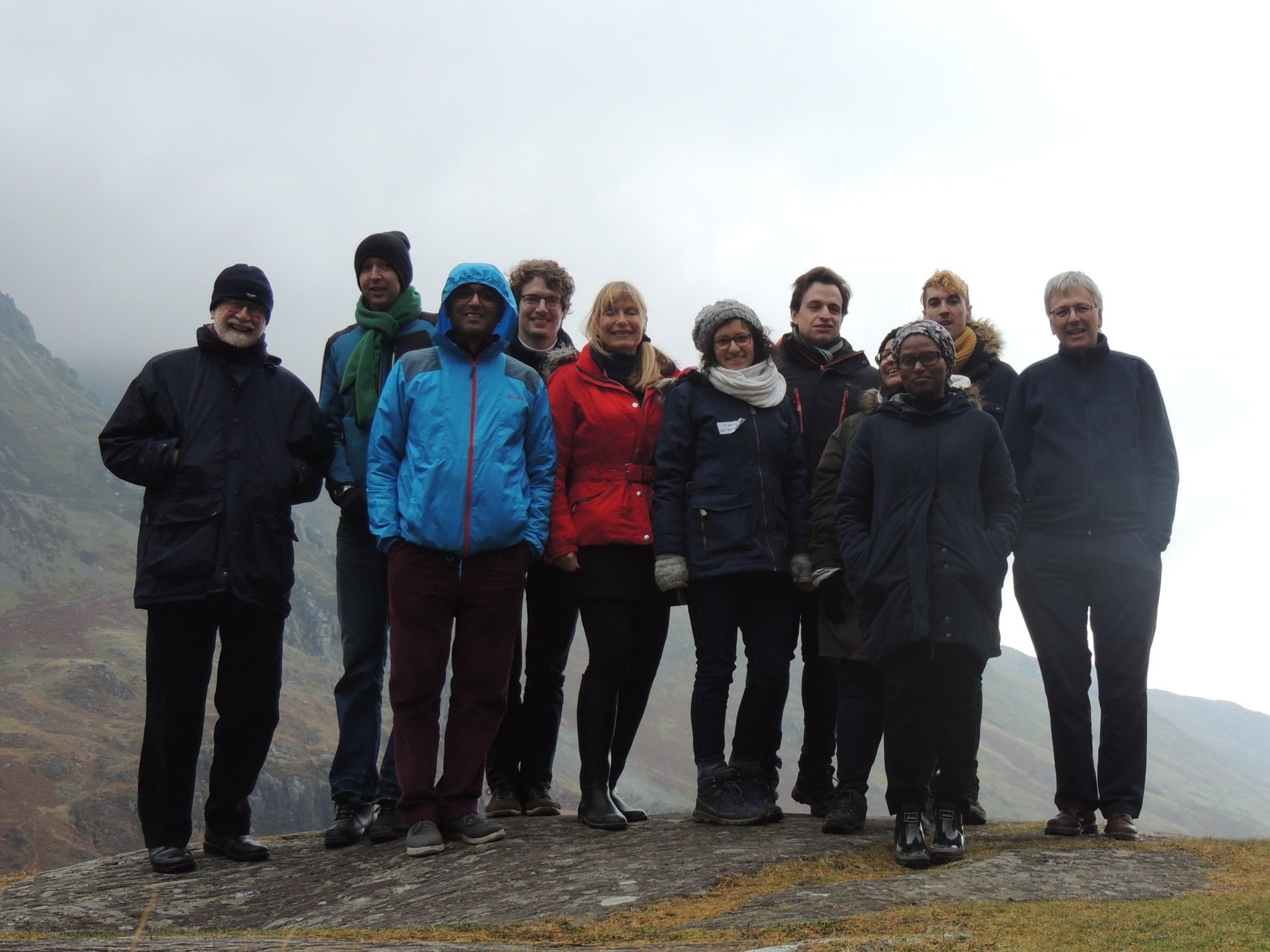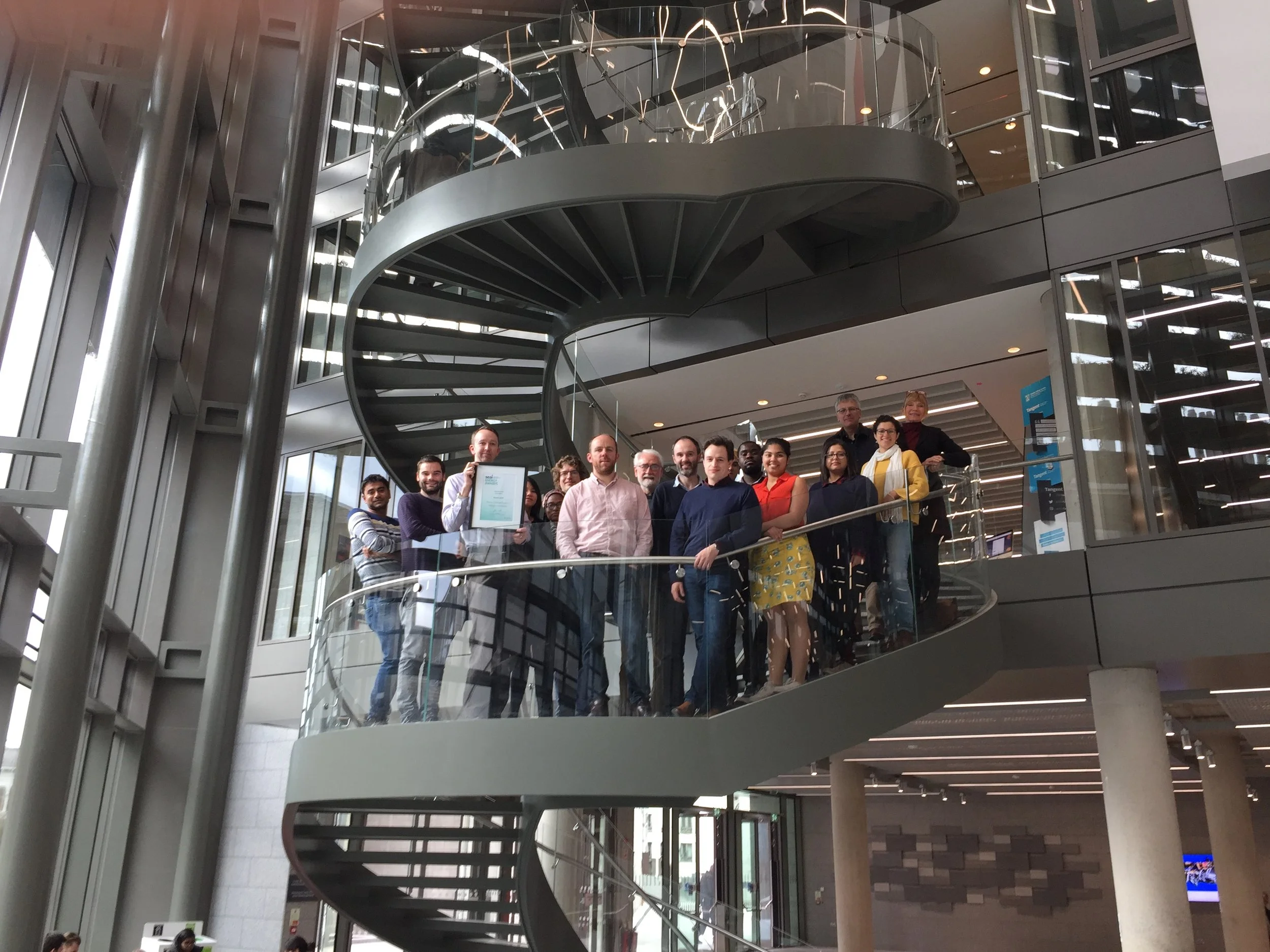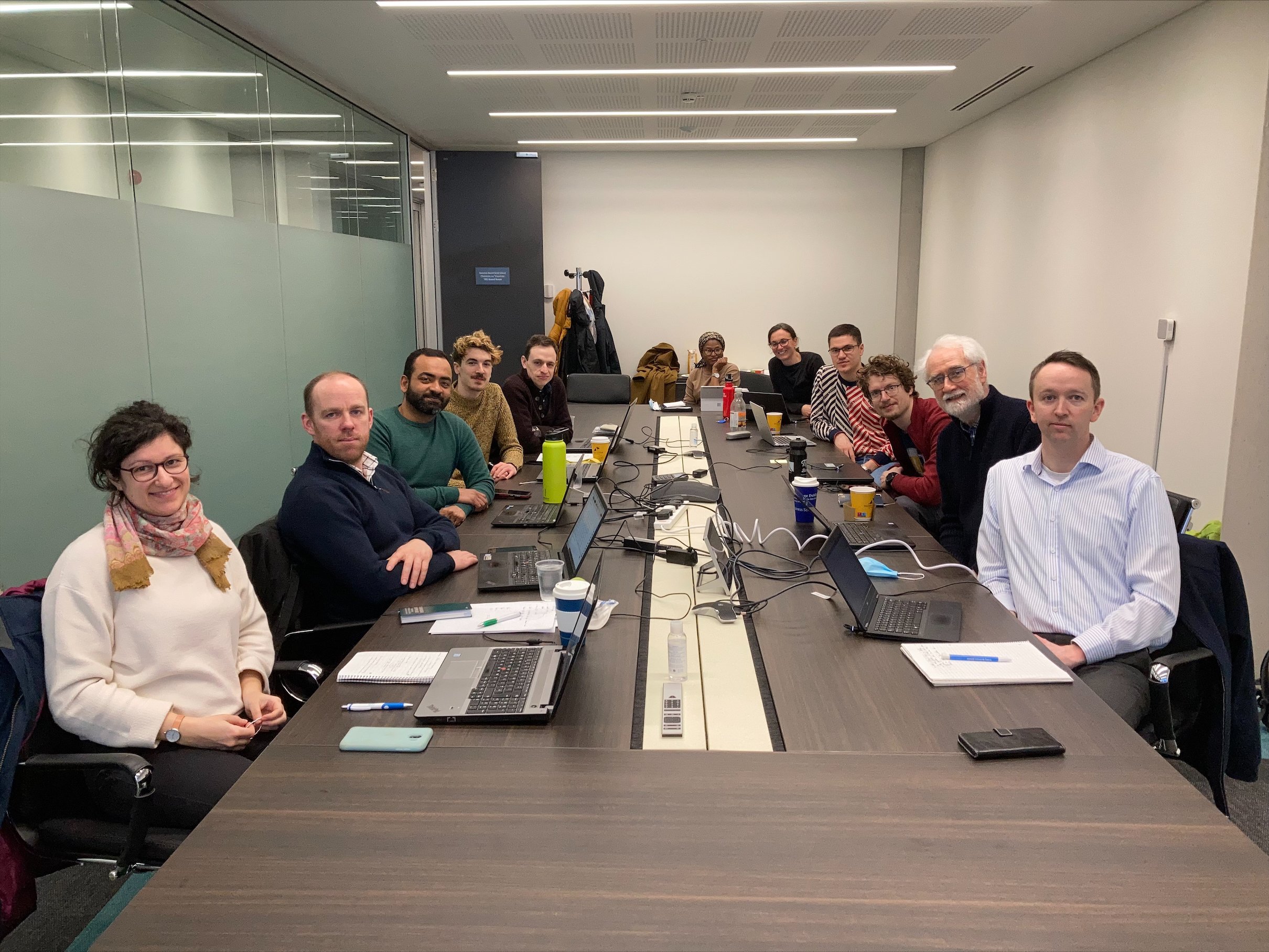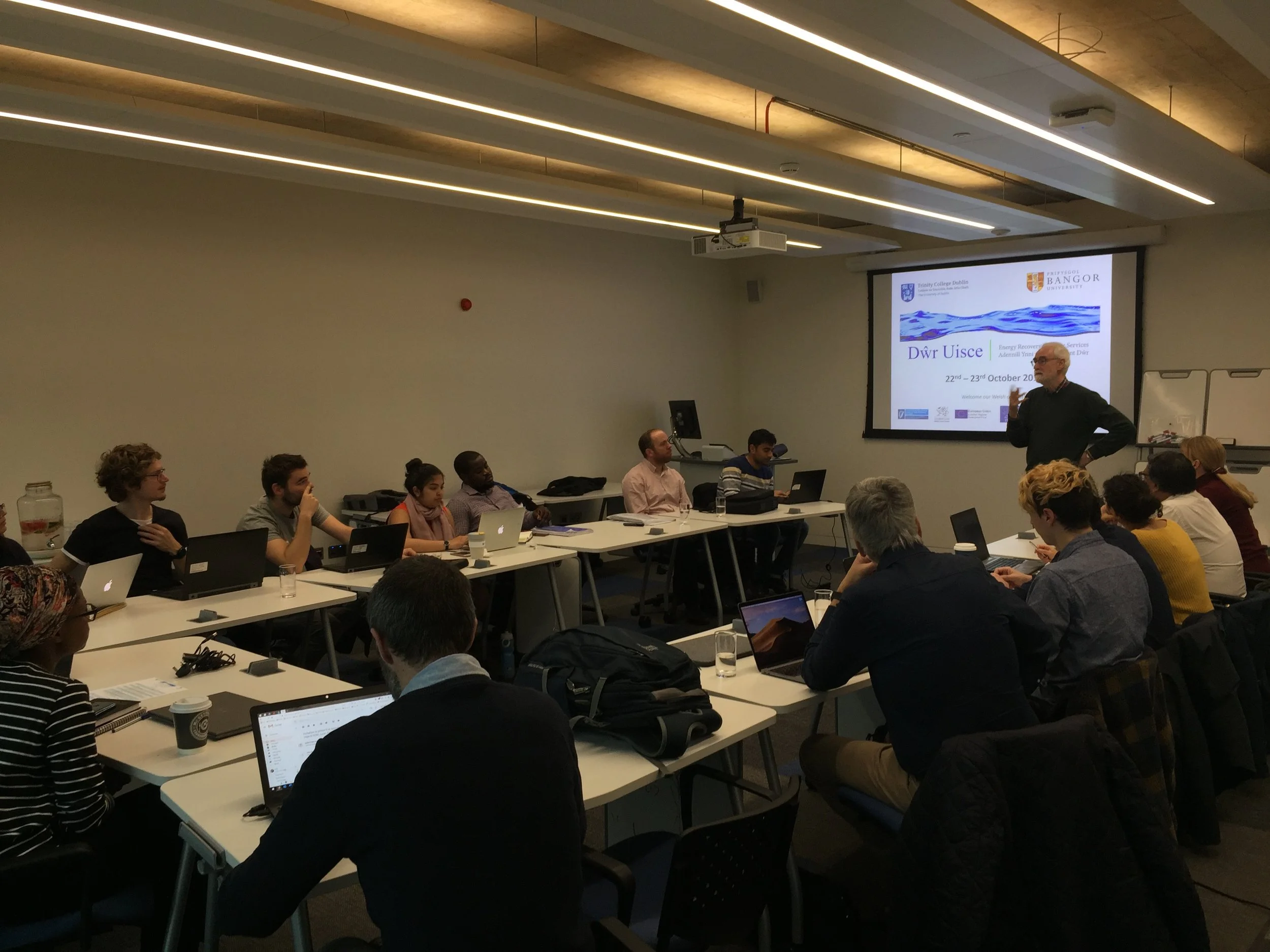By Paul Coughlan
Dŵr Uisce is the latest of a series on research projects to which Paul has contributed. It has been the longest, most ambitious and most complex.
In addition to the substantive technological objectives of Dŵr Uisce, Paul’s aim has been to understand and to improve upon the way in which collaborative and action-oriented projects can produce actionable knowledge in the context of application. He brought two core lenses to this challenge: network action learning and modes of knowledge production. In response, he has guided and explored the conduct of research that is transdisciplinary, collaborative with practice, learning-oriented and sustainable after completion of the project. In the collaborative context of contemporary research, such projects and the associated knowledge production are critical to enacting collaboration among and between networks of researchers and practitioners in the service of application.
Paul has participated actively in previous EU-funded projects. Common across these projects has been an active engagement of multidisciplinary researchers with practitioners as co-researchers in the production of new knowledge. Earlier projects illustrate the challenges faced in different thematic areas: improvement of manufacturing operations, and innovation in food. Dŵr Uisce focused on environmental sustainability of water production and distribution. Each project had a different objective and, correspondingly, the mix of participants and the associated disciplines differed. The objective of the earlier Hydro-BPT project was to understand how to reduce energy and carbon associated with water production and distribution. The Dŵr-Uisce project built on the Hydro-BPT research and has demonstrated the scope to improve the energy efficiency of the distribution of water resources in Ireland and Wales using integrated smart and low-carbon technology. In Dŵr Uisce, the participating organisations included two European universities, two water authorities, a conservation charity and over 250 organisations from Ireland and Wales (and beyond) who collaborated in exploring, demonstrating and diffusing energy reduction and carbon removal. Five disciplines interacted, drawing together engineering, environmental science, computer science, geography and management. Participation in the project enabled the development and implementation of governance, network management approaches and task structures which have included mechanisms to enable active collaboration among all participants as co-researchers. Key outputs include energy recovery system designs and diffusion through demonstration of installations in practice.
Common across the projects was the use of action learning and inquiry into how the insights generated by earlier actions informed the design of actions carried out later. Throughout, the action learning component was always explicit. However, as Dŵr Uisce progressed, it became apparent that the team was engaged in transdisciplinary research. This critical insight led to a new level of understanding of how to manage such a project.
Figure 1: the research project illustrated by an analogy with a flowerpot ecosystem, Drawing by R. Bellini
It also prompted an analogy with a flowerpot as an ecosystem. As illustrated (Figure 1), the Dŵr Uisce flowerpot sits on top of a substrate, the (earlier) HydroBPT project that formed the basis for the Dŵr Uisce project proposal and plan (the actual pot with soil). The pot contains (and constrains) the project plan: inside, the fertile environment (soil) and ideas (seeds) represent the ‘starting point’. However, the pot does not remain static: as the project grows, it generates and needs more soil. Funding (as water) keeps the project going (or the plant hydrated), while the funding programme (as the sun) channels the researchers’’ energy. Each researcher is represented by their T-shape of discipline and interaction capabilities which grow deeper and wider through engagement. The roots, stems, leaves, flowers and fruit represent the activities under each project work package. As they grow, some flowers sustain each other, similar to how researchers, through their research, support and enable the work of other work packages. The bees, as pollinators, are the non-academic stakeholders who collaborate or exploit the project outcomes. They stimulate the emergence of fruit, which would have been impossible without these interactions. In a complementary way, we also developed a novel approach to visualising project meta data which can inform our understanding of the planning and management projects such as Dŵr Uisce.
The conclusion of Dŵr Uisce marks the end of an era and, especially, our collaboration with our “Welsh Cousins” in Bangor University. Over the course of the project, both our Welsh Cousins and colleagues in Trinity have grown as researchers: some have completed their doctoral research based upon their engagement in the project, while others have found an opportunity-rich context within which the deploy and develop further their skills and interests. It has been a privilege to have been a part of such a vibrant learning community.





